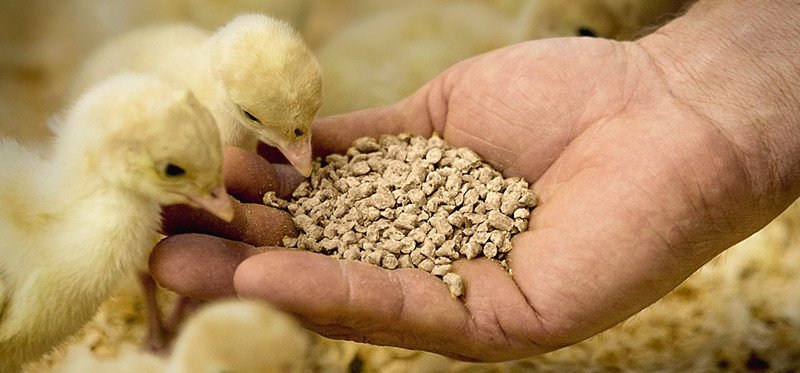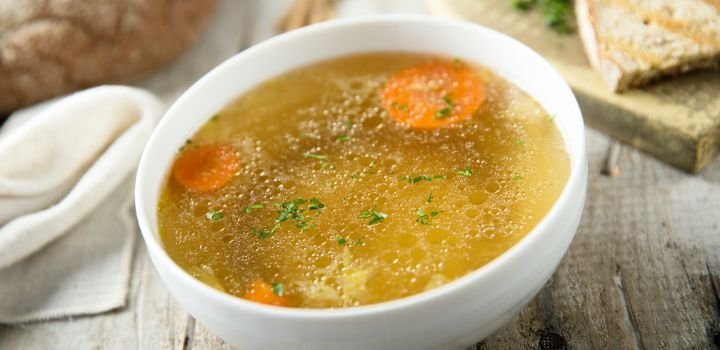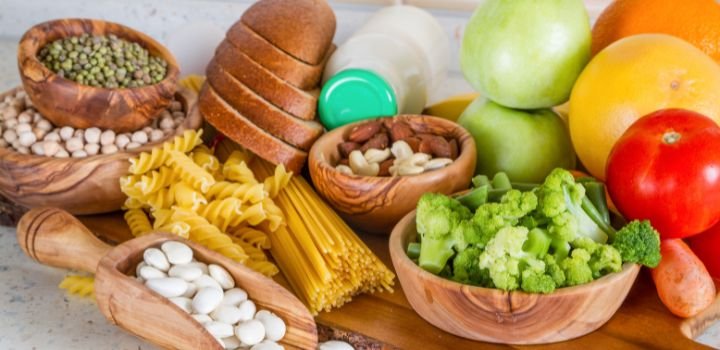Autolyzed and hydrolyzed yeast are known as inactive yeast in the fermentation industry.
Inactivated yeasts are typically used as flavor enhancers for their nutritional benefits as a source of proteins and B vitamins. Most nutrients are located in the cytoplasm of the yeast cell. Yeast cells must be lysed to release these nutrients so that the animal can absorb them. Autolyzed yeast extracts and hydrolyzed yeasts are those yeast products.
So what’s the difference between autolyzed and hydrolyzed yeast? Let’s find it out.
What is autolyzed yeast?
Levure autolysée results from the autolysis process, which is inactivated by its own digestive enzymes, also called endogenous enzymes. During the production process of autolyzed yeasts, the whole yeast is fragmented, and the cell wall is broken down; there is no separation step.
The autolysis process is less oriented and controlled than a more advanced lysis process involving exogenous enzymes (hydrolysis). The proteins and nucleotides are only partially fragmented.
Application of autolyzed yeast

Autolyzed yeasts are used extensively by the food industry to enhance food flavors, for example, in dry soups and snacks. They are also used in animal nutrition to enhance feed palatability and help support gut health and digestion. However, as the self-digest process of autolyzed yeasts is less oriented and controlled (compared to further processed yeasts), this may lead to variable product qualities and efficacies.
What is hydrolyzed yeast?
Levures hydrolysées are obtained through yeast cell breakdown by both endogenous and exogenous enzymes.
Selected enzymes are added during the hydrolysis process to reach the desired level. Proteins and nucleic acids are fragmented into small peptides through an oriented, and the controlled process then comes out with highly digestible nutrients. The strictly controlled process is essential to ensure product consistency in terms of composition.
Application of hydrolyzed yeast
Hydrolyzed yeasts represent alternative protein sources for animal feed. Such alternatives are increasingly in demand on the market for different reasons:
- To support the reduction of the environmental footprint of animal production.
- To limit the usage of food-grade proteins.
- To support the reduction of antibiotics use and improve animal welfare thanks to functional effects.

Hydrolyzed yeasts offer both nutritional and functional benefits to support the growth and health of young animals.
Thanks to the addition of specific enzymes during the production process, they deliver highly digestible proteins and are also a source of amino acids and nucleic acids. As the immune system is not fully developed in young animals, they require these highly digestible nutrients to improve feed intake, gut integrity, and gut function. The selection of the enzymes and the control of the process conditions will determine the product composition and, thus, functions.
Feeding hydrolyzed yeasts ensure the supply of free amino acids and small peptides to maintain proper gut health during challenging situations by:
- Feeding the gut: amino acids are necessary to maintain the gut mucosa mass and integrity.
- Feeding the bugs: the nutrients are essential for gut microbiota development.
- Feeding the defenses: the gut contains 70% of the immune cells of the body. Nutrients from hydrolyzed yeasts are essential to maintain the defense system.
Conclusion
Autolyzed yeasts and hydrolyzed yeasts still contain the cell wall and the yeast extract as there is no separation step during the process.
They are somehow the same as the autolyzed yeast, but the inactivation process (digestive enzymes) makes them different.








2 Réponses
Hi Wendy
My name is Sathyan Chief Operating Officer in a Food Company Nutriti Ingredients Pvt Ltd, in India.
We would like to technically collaborate with you on Autolysed and Hydrolysed Yeast. You can refer about our company on our website mentioned below qŵ
Dear Sathyan
I have sent you a email to discuss